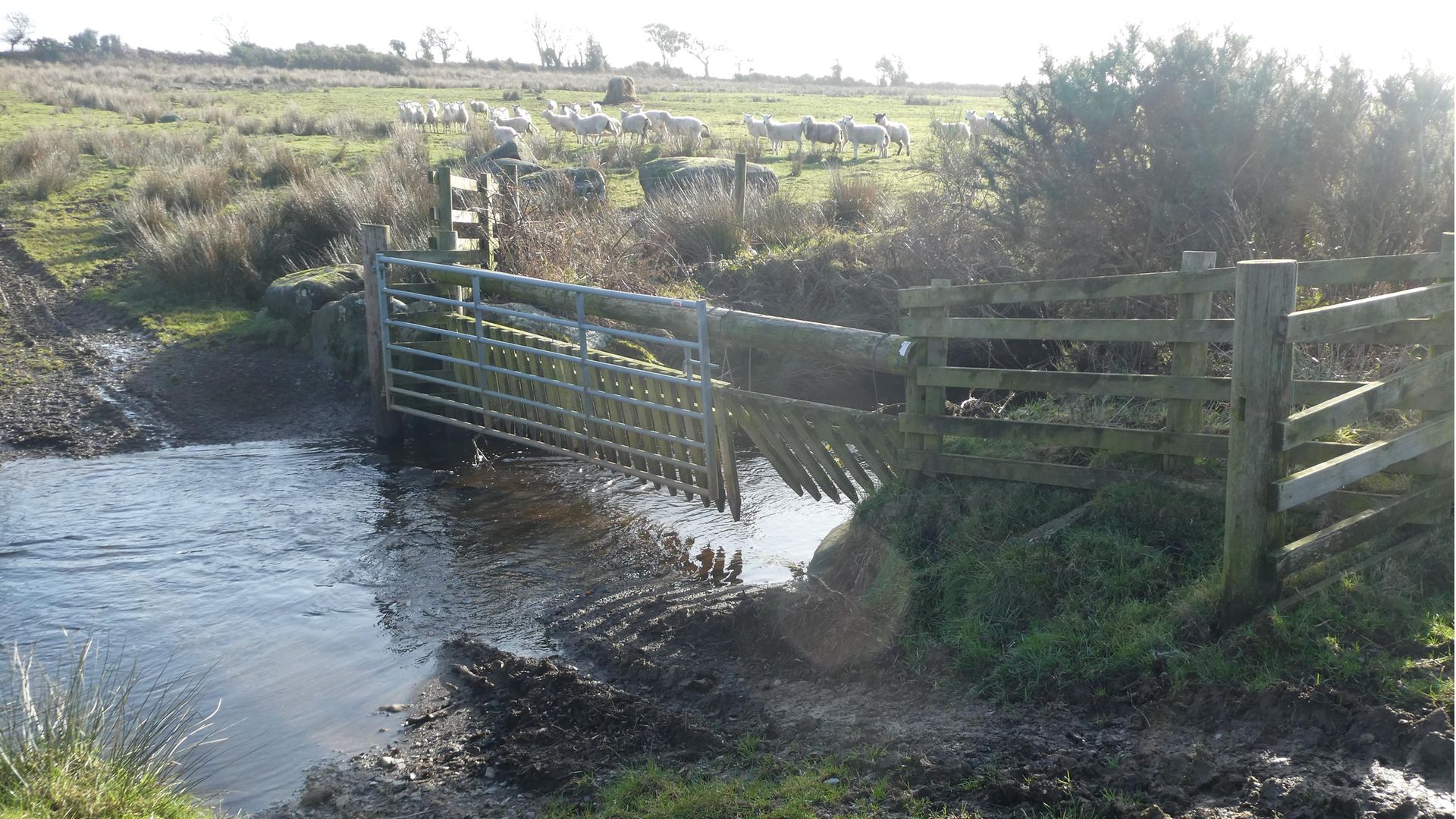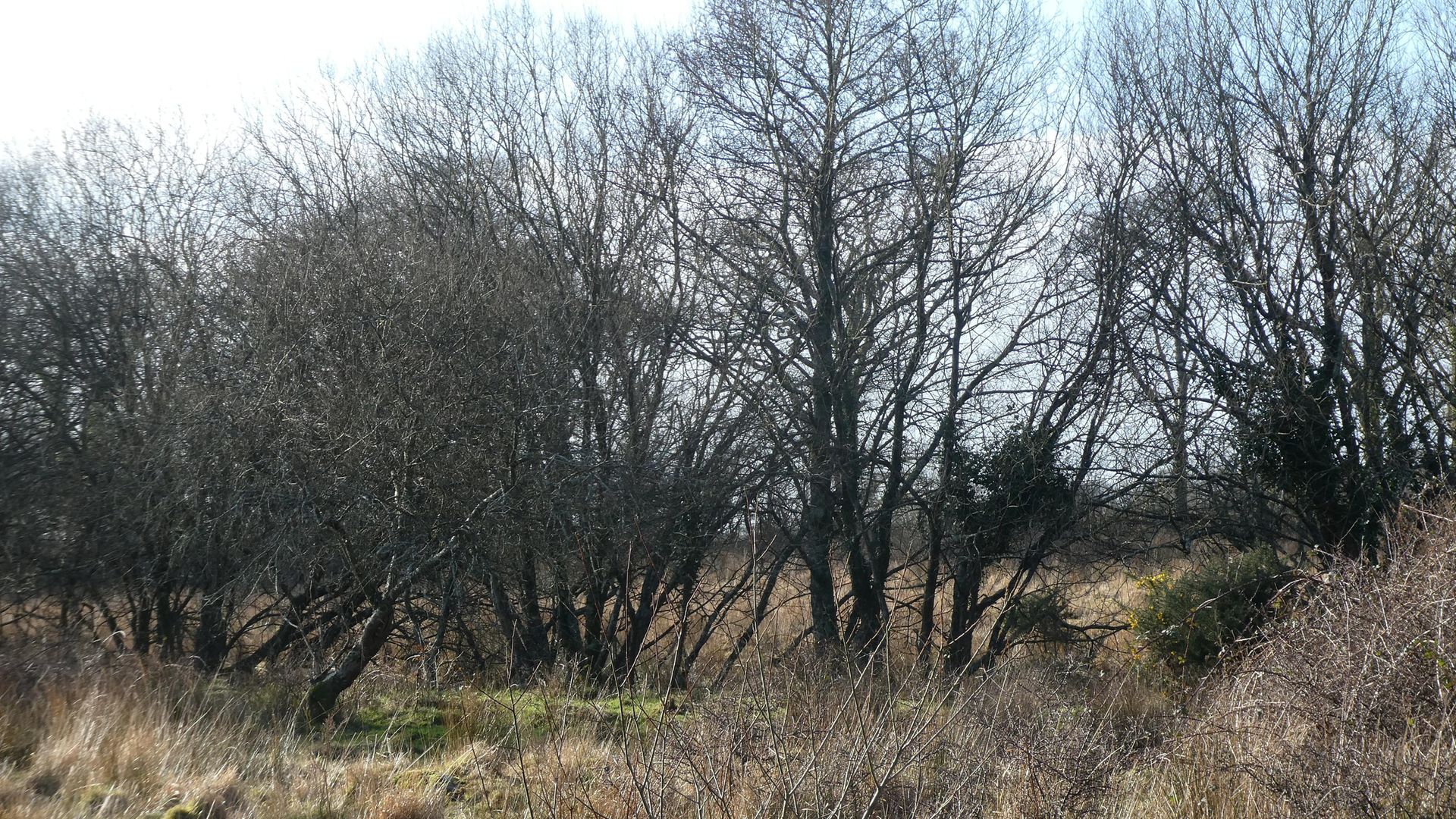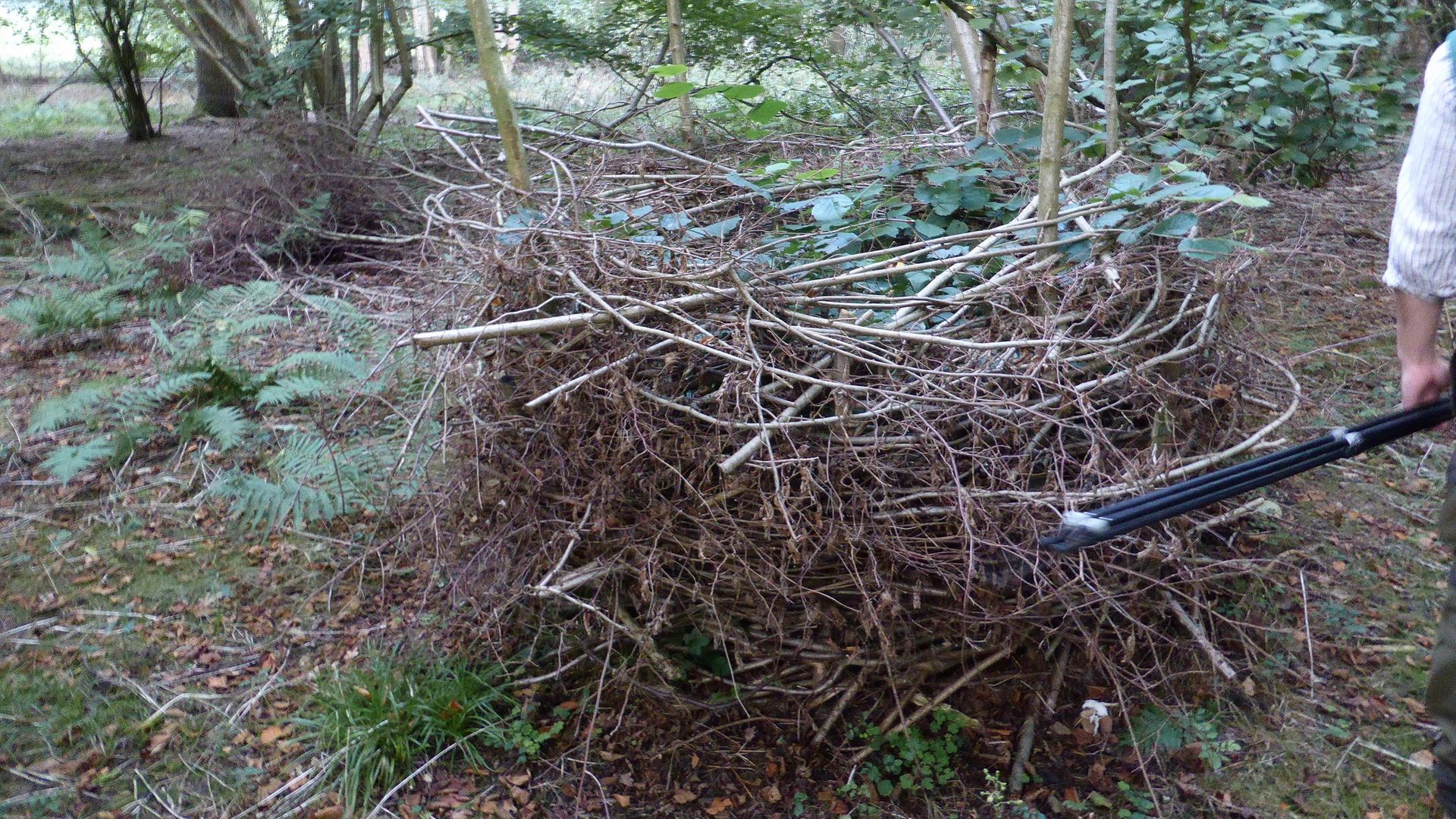Alex Hatton takes us through improvements we can make to our shoots that have huge conversation benefits. Here, he's focusing on linear land features like streams and hedgerows.
 credit: Archant
credit: Archant
Linear features encompass a huge array of habitats, from hedgerows and streams, to shelter belts and rivers. These arteries that run through the landscape give our countryside its mosaic appearance, and they divide our fields, providing additional colour and beauty. A river with good riparian habitat on the banks, such as trees and scrub or a good hedgerow, managed correctly, can turn a field of rye grass devoid of wildlife into something quite special.
Our linear features are extremely important for a number of reasons:
- They allow wildlife to pass through the landscape
- They provide shelter for livestock
- They act as a barrier to livestock
- They aid carbon capture
- They slow down water flow during periods of extreme weather, particularly if planted along contour lines
- With the correct species planted, they can provide an important food source for wildlife
- They provide a habitat for species directly reliant upon them, such as insects
- They allow for the possibility of boundary days for shooters, linking up release pens and other woodlands
So what can we do to help? Whether you are a lone shooter, a syndicate or a commercial shoot, there is always something you can do that will have big impacts.
 credit: Archant
credit: Archant
Small shoots
A hedgerow network is only as strong as its weakest link. For some species, a gap of a few metres can be too much to cross. Whether the gap has been created by a dying plant or a tree that has come down, it’s a simple and cheap fix as you can plug these gaps with a whip (a young tree seedling).
Look at what species are in the hedgerow or river network either side and try and get the same species planted in the gap as they will be suited to the local soils and climate and are more likely to survive.
A whip is best planted with a tree guard around it to protect it from rabbits or hares. To give them the best chance, you should plant whips from late October to December but they can be planted up to March. A staggered line of whips numbering 4-6 per metre works well for either gapping up or new hedges. Ground preparation is important and the less competition your new whip has the better, which can be achieved with a spade, or chemical treatment.
During the high winds last year, lots of trees came down on the rivers around here; my intention is to replace a few of them with a ‘standard’, which is a taller tree, around 6ft, with an established crown.
I like to see a tree at regular intervals in a hedgerow, and my preference on my shoot is to plant holly trees – woodcock love to sit underneath them as they provide shelter during the winter. If you have a good relationship with the hedge cutter, marking a plant at regular intervals that must not be cut is a good idea. Often farmers do this by tying a white feed sack around the tree to be left.
 credit: Archant
credit: Archant
Medium shoots
Hedgerows need managing in order to keep them functioning as they were originally intended. When they get above a certain point, they cease to provide a barrier or shelter for livestock and their value for conservation decreases. We have a stream that a few years ago was superb for woodcock sheltering under this dense line of hedge/trees. Sadly, as they got leggy, the sheep started to push through the area, eating the bramble and cover. I cannot remember in two seasons putting up any woodcock in this area and now some drastic action is needed.
Financially, fencing the whole stretch is unviable, nor would it really help to get the right habitat and cover back. Our aim is now to lay and coppice this area and use the offcuts to provide a natural barrier for the sheep. I have done similar exercises in the past, and it is not as pretty, nor easy, as the professionals do it, but with a chainsaw and some bodies to help, it has been quite effective. Most tree species will lay, as long as they have not got too thick; a few will also coppice, such ash, alder, willow and beech. Once the barrier is in place, we will likely plant some of the areas up also.
The river that runs through our shoot was fenced a few years ago and has recently been breached in a few places by the sheep. The cover has quickly got eaten and the birds have moved elsewhere. With a little spare sheep netting, a fence knocker and a few posts, we will re-stock-proof these areas making them once again function as good bird cover and achieve the conservation goals the fencing originally aimed to achieve.
If a leggy hedge has got too large to lay, coppicing can work well. When cutting, remember to angle the top down so water sheds off it and leave enough at the base for it to grow from.
 credit: Archant
credit: Archant
Big shoots
I was lucky enough some years ago to work with a farmer who ran his own shoot and wanted to improve it. We sat around the table and discussed what his shoots goals were, and his answer was simply to get the pheasants from the pens at the bottom of the farm to the woodlands at the top of the farm!
With an existing network of hedgerows, albeit narrow, we came up with a plan to link the woodlands and pens in a much more thorough way. The hedgerows were expanded from 2m to around 7m wide. He had some existing small woodlands on the way where he put feeders, but these were largely coniferous and bare on the ground so these were also expanded with the aim of these species being taken out at a later date.
Each pond along the way was fenced and livestock watering bays put in where needed. Although the typical hedgerow species were used, such as hawthorn and blackthorn, they were complemented with fruiting species such as crab apple, flowering current and elderberry, to name a few. The result was phenomenal, an oasis for wildlife, huge conservation gains but with shooting at the heart of the decisions.
Hunting gates were installed at the end of the new areas so a beater could push them on a shoot day, and it worked really well. The best part was it was eligible for grant funding. Not everyone can justify doing all the above, but a new hedgerow with complementary planting can make a real difference to how your birds move through the countryside or provide a new habitat, and later cover, for partridge and woodcock.
A river on our shoot was fenced many years ago and from a shooting perspective it now provides us with a new area to work the dogs. For conservation, the cover has regenerated superbly once livestock were not regularly chewing it. The biggest gain is with water quality, as there is no longer bank erosion from livestock going in to drink, which is further strengthened by the new trees lining its banks. There is also less sediment going into the river which is a known cause of the smothering of salmonid spawning beds – and the livestock have drinking bays with stoned sides. This was again almost all grant funded.
If you create a brand-new hedge and split a field in two, you will need to ensure the farm boundaries are mapped correctly and a simple form submitted to the relevant agricultural department.
Whatever you decide to do, whether it’s gapping up, maintaining existing networks or even creating new ones, do document the process. Add up the hours you and your shoot cumulatively spent on it, the number of plants you put in, the cost and the meterage you have created or enhanced by doing the work. Take plenty of before and after pictures and do not be afraid to shout about it on social media. Shooters have always done good conservation work in the countryside outside of ‘nature reserves’ and we should tell everyone about it.
Additional info
- There are sometimes grants available for a variety of projects. Some may just provide whips for gapping up, others may be catchment based with the aim of improving water quality by fencing off as much of a river as possible from livestock. Doing an internet search can pay dividends and often you can offset your labour against any need for matched funding.
- Its not just animals that require a good network of hedges to move around the countryside. If you link woodlands for example, even plants use the hedgerow network to spread between them - although they do take much longer!
- If you want to plant a new hedgerow but are not sure where, look at old Ordnance Survey maps to see where they once might have been. Linking woodlands, or creating a hedgerow that joins another, are great conservation goals.